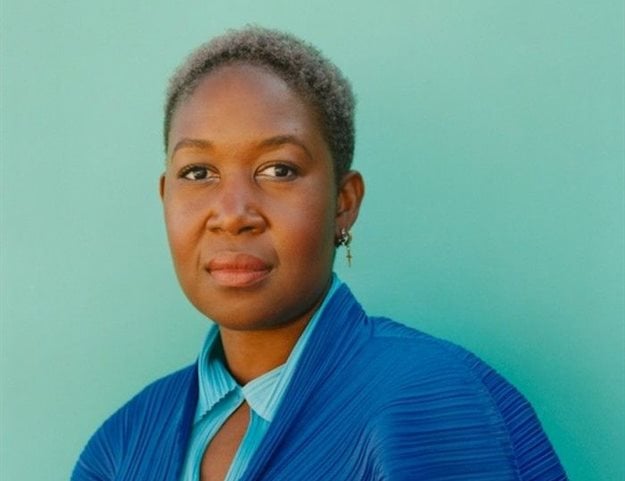Trending
#DI2020: Pioneering bio-design in the textile dyeing and fashion industry

Born in Zimbabwe, Chieza moved to the UK when she was 17. She explored architectural design at Edinburgh University and says it gave her a fascinating framework to think within. She later studied material futures at Central Saint Martins where she had the opportunity to unpack what fabric actually is.
Textile dyeing in the fashion industry is one of the biggest causes of pollution. This is something that this bio-designer and researcher is tackling head-on through her work, and says she’s learnt a very important lesson: “Don’t talk about what you want to do - Prototype what you want to do and then show it to everyone.” This is how design is born and is able to develop.
Bold design through new imaginaries
Faber Futures, Chieza explains, was founded with the goal of building new imaginaries that allow design to be bold. She says people are starting to consider that design needs to be more than human and that there has been a distinct shift in design since the industrial revolution: “You can see how the curve shifts and evolves to design for consumers according to an economic shift,” she comments.
According to Chieza, there is also a shift away from only seeing design as human-centred to designing for nature. She applies four lenses when creating designs:
- Ecology – The use of microsystems to shape design
- Cultures - What are the cultural shifts we need to start to make?
- Materiality – How do we use the changes in institutions and companies to co-develop and build new material systems together?
- Futures - How can you predict the future if you haven’t tried to design something to shape it?
Blue sky thinking with Project Coelicolor
Project Coelicolor (which means sky blue) began in 2011 and is an ongoing project that Chieza is using to integrate the inner workings of a pigment-producing bacteria called streptomyces coelicolor with design processes, to try and find a more sustainable way of dyeing textiles.
The bacteria lives in soil where it helps to decompose organic matter. It also produces an antibiotic called actinorhodin, which ranges in colour from blue, pink and purple, depending on the acidity of its environment.
This method for dyeing textiles is not only chemical-free (as the bacteria is grown directly onto the pigment to generate the pigment and requires no fixing agents) but it also uses up to 500 times less water than commonly used dyeing processes.
Chieza says the first attempt at this dyeing process was unsuccessful, and the first screen-printed textile, The Print Room (2012), didn’t last. She explains how she went back to the drawing board, soon decided to simply through the bacteria straight onto the textile – an idea that, through development and replication, was a success.
Explaining the benefits of the dyeing process, Chieza describes the effects it has overall:
- It reduces water use, with 500 times less water than typical industry standards and with minimal runoff.
- It eliminates chemical inputs as the dye is non-toxic, natural and does not use any mordants or finishing chemicals.
- It is innovative with novel processes offering self-replicating systems for high-yield pigment development.
Chieza went on to build a body of tools and recipes to design textiles with, and spent four-five years developing protocols and recipes to develop pigments. Once the designs were replicable, she designed her first garment, Assemblage 001, with these protocols.
Where is the designer that understands the real world?
“Platforms and technologies are going to shift,” Chieza comments, demonstrating her point with images of textiles, building materials and clothing being designed using sustainable biomaterials and fabrics. She explains that there is a greater potential to shift the material flow and be more resource efficient, while focussing on how to create completely different ways of production that minimise the potential of overproduction, Chieza explains.
Chieza ended off by saying there is great potential with design, and the more we seek the more potential will be created.




















